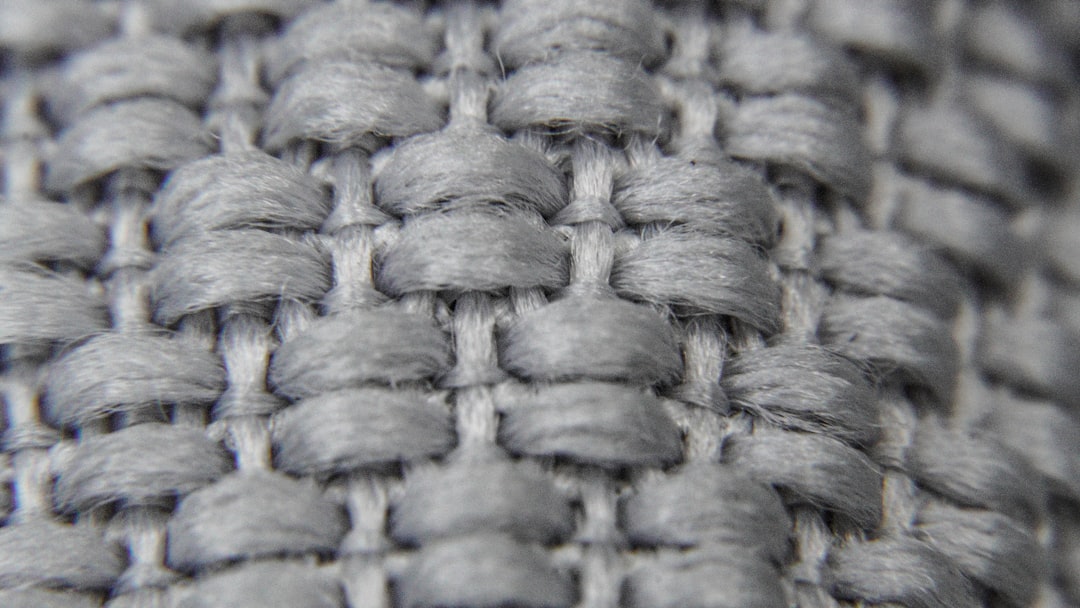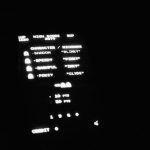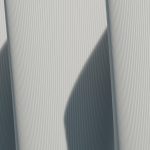With the ever-increasing demand for high-speed internet and efficient communication networks, fibre optic cables have emerged as the cornerstone of modern data transmission. These cables are capable of transferring data at the speed of light, offering minimal signal loss and incredible bandwidth. But how do they work? To understand their functionality, it’s essential to examine the intricate structure hidden beneath the sleek exterior.
1. Core
At the heart of every fibre optic cable lies the core, a cylindrical strand of glass or plastic through which the light signals actually travel. This core is incredibly thin, typically ranging from 8 to 62.5 microns in diameter, depending on whether it’s a single-mode or multi-mode fibre. The key characteristic of the core is its high refractive index, designed to keep light signals confined and directed through internal reflection.

2. Cladding
Surrounding the core is the cladding, another layer of glass or plastic with a slightly lower refractive index. This difference causes the light to bounce off the core-cladding interface, maintaining signal transmission with minimal loss. The cladding’s main function is to contain the light within the core and allow it to travel long distances through total internal reflection—a principle central to all fibre optic technology.
3. Coating and Buffer Layers
Right outside the cladding is a protective layer known as the coating or buffer. This soft, flexible material cushions the delicate fibre from physical damage and provides structural integrity. Most commonly made from UV-cured acrylate, this layer guards against micro-bending and potential cracks during installation. In multi-fibre cables, additional buffer tubes may be used to group and organize several fibres together.
4. Strengthening Materials
Fibre optic cables are often equipped with additional materials to prevent damage from tension, crushing, and harsh environments. These strengthening elements can include aramid yarn (commonly known by the brand name Kevlar), steel wires, or fiberglass rods. Their function is purely mechanical, acting as the cable’s “muscle” to endure pulling during installation and daily wear and tear.
5. Outer Jacket
The most visible part of any fibre optic cable is the outer jacket. This sheath protects the internal components from moisture, chemicals, heat, and other environmental threats. Made from robust materials like polyethylene, PVC, or other thermoplastics, the jacket is tailored according to the application—whether it’s for indoor, outdoor, aerial, or subterranean use.

6. Optional Elements
Depending on the type and use of the fibre optic cable, there may be optional structural components included:
- Water-blocking gel or tapes to prevent moisture ingress.
- Ripcords to make cable stripping safer and easier during installation.
- Armoring with steel or aluminum layers for high-pressure or high-risk environments.
Types of Fibre Optic Cables
Though their internal anatomy is somewhat standard, fibre optic cables come in a variety of types:
- Single-mode fibres: Have a small core (about 9 microns) and are designed for long-distance transmission using laser light.
- Multi-mode fibres: Feature larger cores (50 or 62.5 microns), suitable for short distances and utilize LEDs for data transfer.
Conclusion
The anatomy of a fibre optic cable is a fusion of delicate technology and durable engineering. From the light-carrying core to the rugged outer jacket, each component plays a critical role in ensuring efficient, high-speed data transmission. Understanding the structure helps not just network engineers, but also anyone interested in the inner workings of the infrastructure that powers our digital world.
Frequently Asked Questions
- Q: What is the purpose of the cladding in a fibre optic cable?
A: The cladding surrounds the core and keeps the light signals inside by reflecting them back into the core through a process called total internal reflection. - Q: Can a fibre optic cable be bent?
A: Yes, but only to a certain degree. Excessive bending can cause light to escape or degrade the signal, which is why minimum bend radius guidelines are provided. - Q: What’s the difference between single-mode and multi-mode fibres?
A: Single-mode fibres are used for long-distance communication and have a smaller core. Multi-mode fibres are used for short-distance communication and have a larger core that allows multiple light paths. - Q: Are all fibre optic cables waterproof?
A: Not all. Outdoor-rated cables often include water-blocking elements, but indoor cables might not be waterproof unless specifically designed to be.







